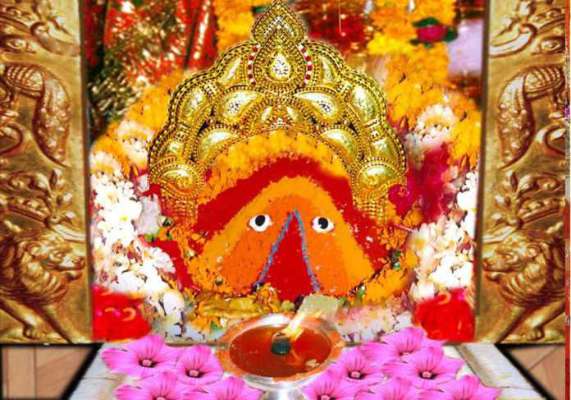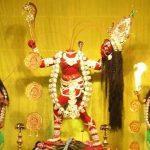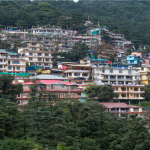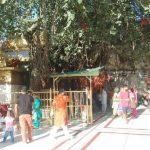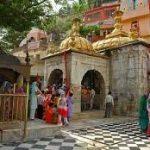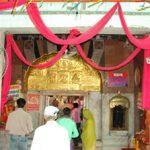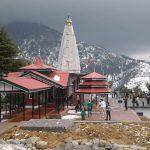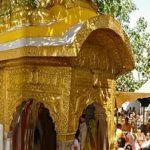Chintpurni, Una, Himachal Pradesh
| Date built: | – |
|---|---|
| Deity: | – |
| Architectural style: | – |
| Major festivals | – |
| Locale: | Chintpurni, 177110 |
| District:: | Una district |
| Address: | Vpo chintpurni, teh Amb, Moien, Chintpurni, Himachal Pradesh 177110 |
| Phone | – |
Architecture
When Lord Vishnu severed the burning body of Maa Sati into 51 pieces so that Lord Shiva would calm down and stop his Tandava, the pieces were scattered over various places in the Indian subcontinent. It is believed that Sati’s head fell at this place and is thus considered one of the most important of the 51 Shakti Peethas.
The goddess residing in Chintpurni is also known by the name of Chhinnamastika. According to Markandeya Purana, goddess Chandi defeated the demons after a fierce battle but two of her yogini emanations (Jaya and Vijaya) were still thirsty for more blood. Goddess Chandi cut off her own head to quench Jaya and Vijaya’s thirst for more blood.
She is usually shown holding her own severed head in her hand, drinking one stream of blood spurting from the arteries in her neck, while at her side are two naked yoginis, each of whom drinks another stream of blood.
Chhinnamasta, the headless goddess, is the Great Cosmic Power who helps the sincere and devoted yogi to dissolve his or her mind, including all the preconceived ideas, attachments and habits into the Pure Divine Consciousness. Cutting off the head suggests the separation of the mind from the body, that is the freedom of the consciousness from the material confines of the physical body.
According to Puranic traditions, Chhinnamastika Devi will be protected by Shiva – Rudra Mahadev in the four directions. There are four Shiva temples – Kaleshwar Mahadev in the east, Narayhana Mahadev in the west, Muchkund Mahadev in the north and Shiva Bari in the south – which are nearly equidistant from Chintpurni. This also confirms Chintpurni as the abode of Chhinnamastika Devi.
Legend / Local stories
Pandit Mai Das, a Saraswat Brahman, is generally believed to have established this shrine of Mata Chintpurni Devi in Chhaproh village about 26 generations ago. Over time this place became known as Chintpurni after the eponymous deity. His descendants still live in Chintpurni and perform prayers and puja at the Chintpurni temple. These descendants are the official priests at the Temple.
Photo Gallery
How to Reach:
Contact Details
Official Address

